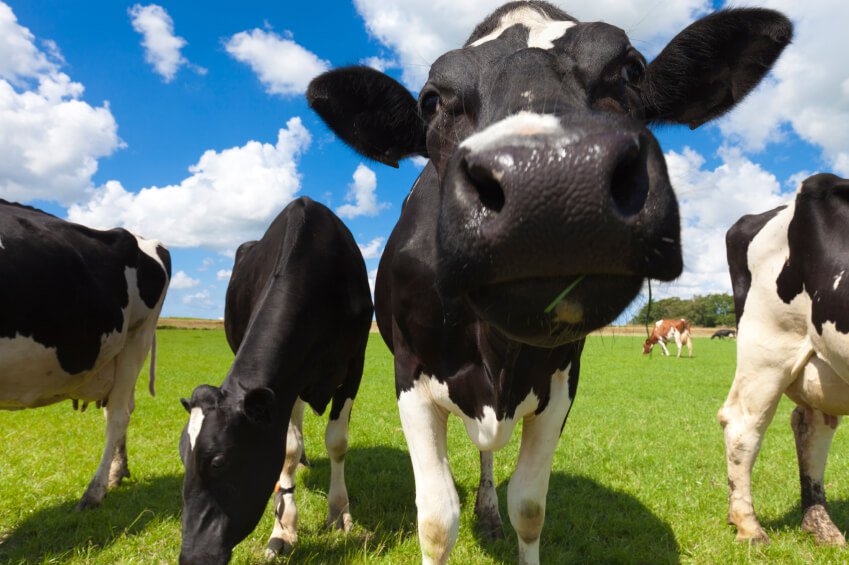COOL Labeling or “Un-Cool”
By Charles A Hice

Let’s explore some of the pros and cons of this labeling, and how it affected certain industries.
The US and Canadian trade relationship had at one time been particularly disrupted.
Most of the time COOL causes little or no issues and is very helpful in some instances, except in certain commodities, most notably beef and pork cattle. This was a particular issue prior to 2016, but COOL in regards to beef and pork markets was removed as a regulation that year. It was such a needed repeal, that the USDA actually stopped enforcing COOL in regard to beef and pork as soon as it was repealed by congress in 2015 but not set to take effect until the next year. However, this caused some upset and confusion with the standard consumer.
Why was COOL removed?
COOL labeling requires the commodity to be segregated at every single level of the growing, herding, processing, and transportation process, as well as creates a pile of redundant paperwork and record keeping. Producers, processors, distributors, and retailers are all affected, which makes the bill go higher and higher to the end consumer, and hurts the bottom line for everyone. This is a burden shared by both the US and the countries it trades with.
Specifically, American beef farmers have notoriously disliked COOL for these reasons alone, not to mention impending threats made by certain countries to start tariffs on products from US livestock farmers trying to export beef and pork from the US into those countries. This would cause a host of other issues as well. Not unlike the issues we have already seen in the NAFTA talks surrounding our neighbors or the world trade issues impending with China.
In this particular case, COOL may also be considered unnecessary, as it may not prevent much harm on either side, and the labeling may seem superfluous to some, if not outright insulting to certain trading partners. The World Trade Organization (WTO) had also found COOL to be “un-cool”, and a violation of US obligations in certain trade agreements. But we don’t answer to the WTO, and for good reason at times.
Although the USDA no longer supports COOL labeling on beef and pork products, the retailers themselves can still require it. And there are some farmers that like COOL labeling as it does promote American made products. Recently there has been a growing movement to bring COOL back into affect with beef and pork products, but again, this would lead to further agitation with other trading partners.
Generally, the thinking is that in the US, consumers will be more inclined to buy the marked US labeled product, which would demean the sales on the other products and be a blow to our other trading partners. This would directly harm that trade relationship, and could possibly be counterproductive to the entire trade agreement to begin with. This would then be a disincentive for that country to allow the US to trade products, which may inadvertently hurt the industry. This would either be because those countries allow less foreign imports from the US or burden those imports with higher tariffs. This could be weathered by some commodity groups, destroy others, and create a shift in economic standing.
COOL has been extremely helpful in other commodities, most notable the honey industry, which is abuzz with knock-off or fake honey from countries like China. Fraudulent honey had gotten so out of hand, food scientists created a test specifically for honey that can determine if the imported honey is fake or not and where it came from. This is such a serious issue, that the very tester technology is kept under lock and key.
I personally believe COOL regulations can help in certain cases; most notably towards Chinese food imports, because of that country’s abhorrent activities in certain sectors of the food industry. Whereas, Mexico and Canada seem to have followed the US in promoting health and safety standards as well as guard against counterfeit or misleading products, the Chinese have not.
Take for instance, not just honey, but the Chinese peeled garlic industry… Garlic in China is peeled for the most part by Chinese prisoners in camps, using little to know hygiene or food safety gear, and at times even peeled with sore fingers and teeth. These are just a few examples. And many other countries take the watchful eye approach when if comes to Chinese imports, and these goes much further than the Agricultural products industry. It reaches into the tech sector among others.
And China, growing its industrial Ag industry, has simply not fully implemented the level of care that the US farming system has. And we import more than 1 Billion dollars a year from Chinese farmers in the fruit, nut, and plant sector. We import from a country with less regulation any oversight than we have ourselves.
We do have COOL regulations for many imports still. The exception is generally the beef and pork industry within our NAFTA allies. COOL is important for a variety or reasons. What do you think?
By Charles Hice
Ag Expo Mag Contributor and Editor







